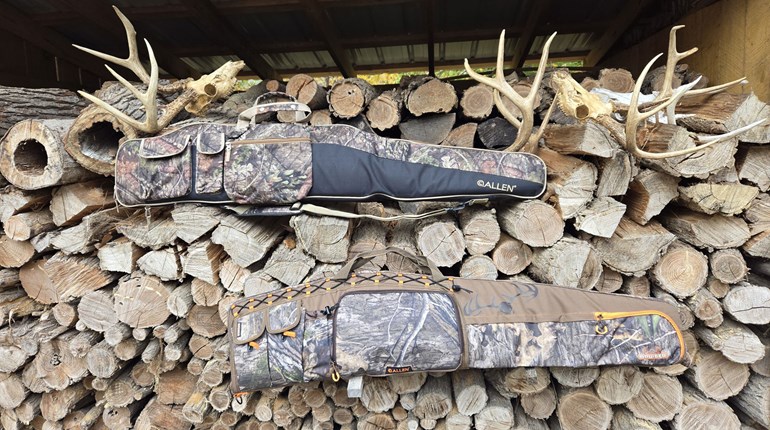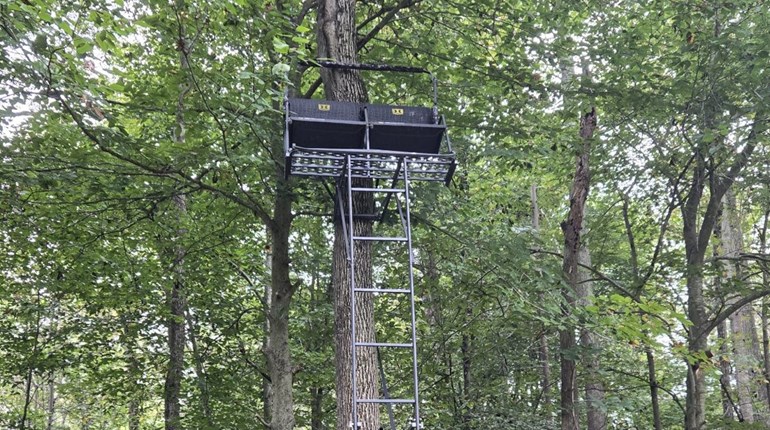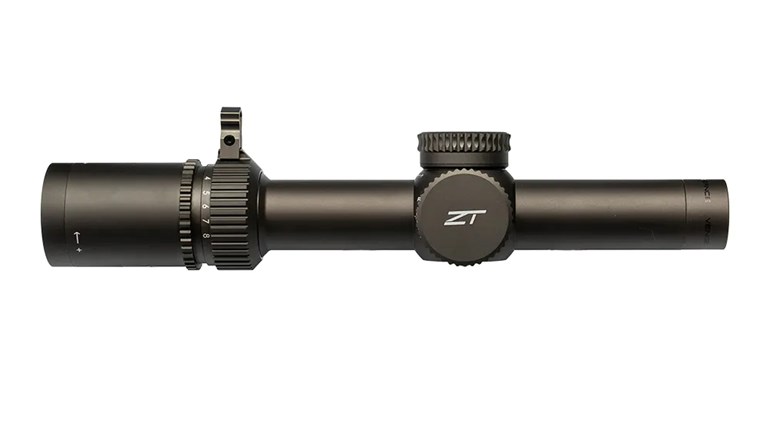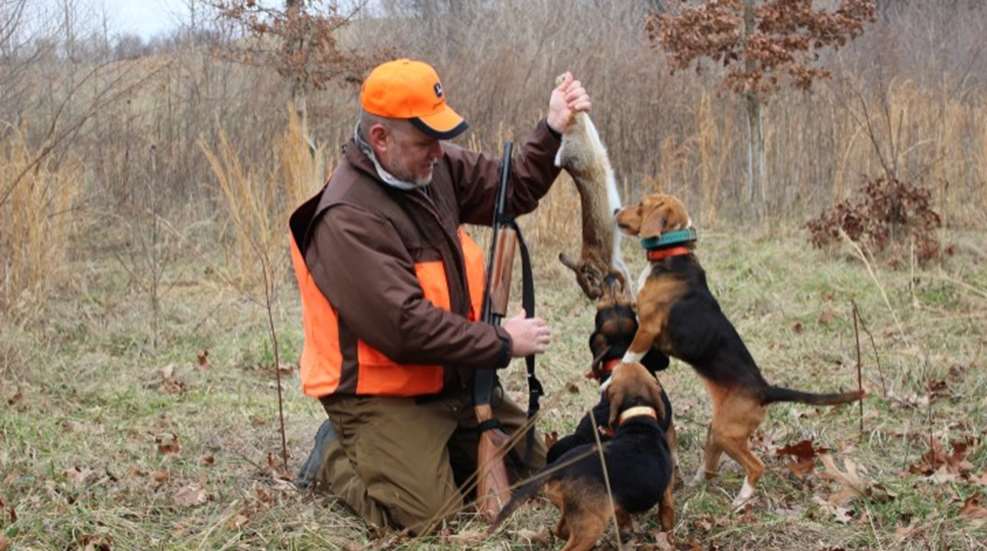
The baying of beagles has been replaced by excited banter as your hunting pals gather around a tailgate for a post-hunt chat. A savory rabbit supper is in your future. How do you get your freshly harvested rabbit to a freshly cleaned and ready to cook state?
Field care
Rabbits and other game always taste better later if proper care is taken in the field. Because some days in rabbit season can be warm, and because shotgun pellets often perforate intestines, it is a great idea to remove the entrails or “gut” the rabbit in the field right away. This cools the meat down significantly. Use surgical gloves to prevent disease from being passed to you. Tularemia or “rabbit fever” can be contracted by cleaning rabbits.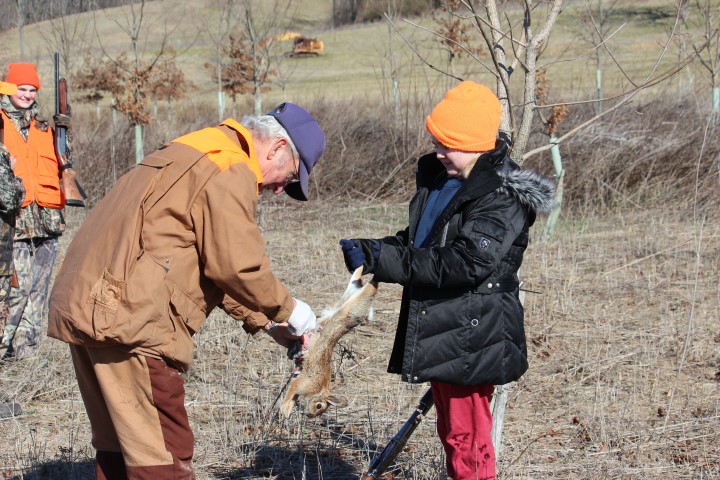
Skinning the rabbit
- Once the hunt is over, pull the rabbit out and get a partner to help if you have one. Again, surgical gloves are a good idea as a precaution.
- Have someone hold the rabbit horizontal just as if it were running on the ground.
- Your assistant should pinch the fur or hide in the middle of the back right at the backbone upwards with thumbs and forefingers from both hands. Keep the fingers from each hand about an inch apart.
- Using a sharp knife, carefully slice downward between your assistant’s pinched fingers. Stop short of the backbone.
At this point there is now a hole in the hide just big enough for you to work your fingers from each hand in and begin pulling the fur in opposite directions. As my dad used to say when I was barely able to keep up with him in the field, “We now have to remove his shirt and pants.”
The skin will come off easily. Most of the time it comes off in two large pieces (“shirt” and “pants”), but you may have to pick at the remaining parts of the skin to pull it off. The goal is to get the skin pulled all the way to the neck and wrists, and all the way over the back hams or quarters on the rabbit down to the last joint on the legs, if possible.
Forward half of rabbit
As you pull the skin towards the head, stop at the upper neck. Here is where a piece of wood or a cutting board is handy. Using your knife, work through the neck and carefully put the blade between the vertebrae and remove the head.
The forward half of the skin should be pulled down to the wrists of the rabbit. I often try to pull the skin all the way off. Regardless, you will have to trim off the feet. Find the wrist joint and work your blade carefully between the joint to save the edge of your knife.
Back half of rabbit
As you pulled in opposite directions, you should have gotten the fur pulled back over the front legs and over the back legs. Finish pulling the fur back down over the back legs as far as you can. You may want to grasp the rabbit with your hand right behind the front legs to get a better grip to finish this chore.
After you get the fur pulled down to the last joint on the rabbit’s back legs, repeat the procedure you used with the front legs here. Work your knife between the joint and twist the foot as you do this. The foot should pop off with minimal damage to your sharp edge. You can do this on a cutting board or piece of wood. You can also place the knife in your strong hand facing upwards, with the blade under but between the joint, and your thumb on the foot, but not right above the knife edge… when the foot frees up, you may cut yourself accidentally.
Rinse
At this point I give the rabbit a quick rinse, and then place it belly-down on my cutting board. Some people choose to roast the whole rabbit “as is” after removing all hair and any remaining entrails. I have found that people enjoy the rabbit more when it has been reduced to smaller, less recognizable pieces.
Quartering into pieces
The first step is to have the rabbit belly down on the cutting board. Next, using a sharp knife, start at the neck and make a cut along the backbone to the tail, and as deep as you can go to and along the ribs carving out that boneless meat. It is like fileting out the backstrap on a deer. This boneless strip of meat is the most sought-after in our house!
Next, roll the rabbit over. Tug on the leg to find where the shoulder connection is. Make a cut parallel to the ribs near the main body going towards the head. There is no joint to worry about here; the front leg comes right off. Then do the other front leg.
With the rabbit belly up, use your hands to flatten the legs to the cutting board while cutting parallel to the spine next to the spot where the rear legs join the body. Stop when you find the ball-and-socket joint and carefully work your blade in there to save the edge. A trick I use is to pick the rabbit up by the rear legs with the belly facing me and hold the knees in my hands and push backwards to pop that ball and socket joint and make it easy to find. This saves my knife!
Finish cutting the leg off, rinse all parts one more time and bag or vacuum seal.
Wash your hands and your knife. This process should only take five minutes per rabbit to do…and it will get faster with experience.















